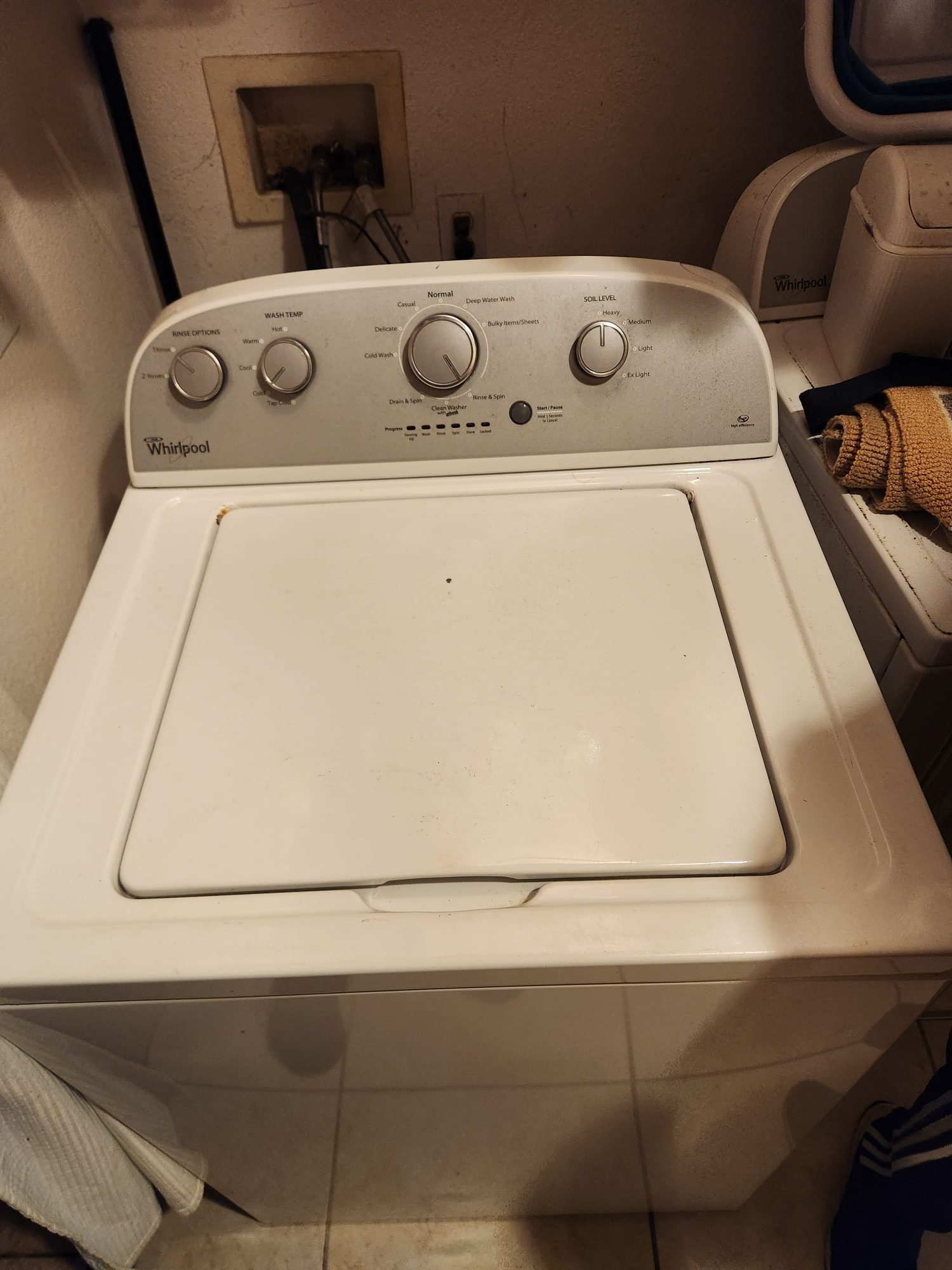If your washing machine or dryer is vibrating loudly, even though you followed the installation manual to the letter, it can be frustrating. The noise and shaking can disrupt your home environment, and you might be wondering why it’s happening despite seemingly installing everything correctly. Here’s an exploration of some possible reasons that no one might have accounted for during installation.
1. Uneven Flooring
One of the most common causes of machine vibration, even if the appliance is installed properly, is uneven flooring. Washing machines, dryers, and other large appliances need to sit on a level surface to function correctly. If the floor under your machine is slanted or uneven, this can cause the appliance to wobble during its operation. Most machines come with adjustable feet that can be used to level them out, but they must be carefully adjusted to ensure the machine sits flat. If the flooring itself is uneven, however, you may need to consider adding a floor leveling kit or repairing the floor.
2. Loose or Improperly Tightened Shipping Bolts
When a washing machine is shipped from the factory, it comes with shipping bolts that secure the drum in place. These bolts are meant to prevent internal parts from shifting during transit. If these bolts are not removed during installation, they can restrict the drum’s movement, causing the machine to vibrate. If you’ve forgotten to remove these bolts, or if they were improperly removed, you may experience excessive shaking. Always check the manufacturer’s instructions to make sure that all necessary installation steps are followed, including the removal of these shipping bolts.
3. Incorrect Placement of the Appliance
Even if the machine appears to be placed correctly, sometimes it’s not positioned exactly where it needs to be. For example, placing your washing machine or dryer on a soft surface like carpet can absorb some of the vibrations, but can also amplify others. Machines that are installed too close to walls, cabinetry, or other appliances might also experience vibration due to limited space. There needs to be sufficient clearance around the appliance to prevent any obstructions that might cause excess noise and vibration. Ensure the appliance has the recommended amount of space around it, as indicated by the manufacturer.
4. Worn-out or Damaged Shock Absorbers
Washing machines and dryers are designed with shock absorbers that help dampen vibrations. Over time, these shock absorbers can wear out or become damaged, resulting in an increase in vibration. If the shock absorbers are faulty, they may no longer be able to keep the drum stable during the wash or spin cycle. This issue can be difficult to diagnose on your own, as the problem might not be visible on the outside of the machine. If you notice increased vibration and noise, it could be time to check or replace the shock absorbers.
5. Unbalanced Load
One of the most frequent reasons for excessive vibrations is an unbalanced load. Many machines, especially washers, can become unbalanced during the wash cycle, causing the drum to spin unevenly. This results in vibrations, and in extreme cases, the machine may even move across the floor. It’s essential to load the machine evenly to avoid this issue. Overloading the machine or placing items of different sizes (e.g., one large towel and a small load of laundry) can also contribute to an unbalanced load. Try redistributing your clothes inside the drum and see if that reduces the vibrations.
6. Wear and Tear of Internal Components
Over time, components within the machine such as bearings, belts, and the motor can wear down. If any of these parts become damaged or loose, they can result in excessive vibration during the operation of the appliance. This type of problem might not be apparent during installation, as it could develop gradually over time. If you’ve had your machine for several years, wear and tear could be a contributing factor.
7. Installation Site Not Suitable for the Machine
Sometimes, even when everything seems correct with installation, the environment may not be ideal for the machine. For example, some washing machines require a firm and solid foundation to prevent excessive vibration. If your machine is placed on a platform that moves or shakes, it will amplify the machine’s natural vibrations. Similarly, if the flooring beneath the appliance is too weak or not designed to support heavy machines, this can cause increased movement. If you suspect your installation site is unsuitable, you may want to consider relocating the appliance to a more solid and stable location.
8. Faulty or Loose Parts
It’s possible that, despite your best efforts, some components were installed incorrectly or became loose over time. These could be bolts that attach the motor to the frame or parts of the drum assembly. Even minor issues like this can lead to vibrations. If you’ve checked everything on the outside and the machine still vibrates, it could be time to call in a professional.
How to Prevent Excessive Vibration?
To prevent your machine from vibrating excessively, start by ensuring it’s level and secure. Regular maintenance and periodic checks for wear and tear on internal components can also help reduce the likelihood of vibration issues. If the problem persists, a professional technician can assess the machine and provide solutions to restore quiet, efficient operation.
Need Help with Appliance Vibration Issues? If your appliance continues to vibrate despite ensuring everything is set up correctly, call HOME APPLIANCE SERVICE CENTER today. Our team of experienced professionals will assess and repair your appliance, ensuring it runs smoothly without unnecessary vibrations. Contact us now for expert service!
Contact us
 619-928-5000
619-928-5000  Request Service
Request Service 
